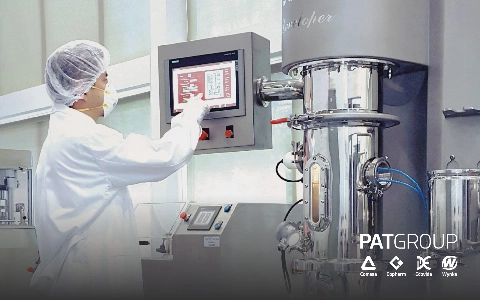Traditionally, many pharmaceutical companies adopted a reactive approach, with quality tests conducted at the end of the production cycle. However, this method has shown significant limitations, driving the broader adoption of QbD. This proactive and systematic approach seeks to integrate quality from the earliest stages of product development, transforming medicines design and manufacture.
What is QbD?
QbD is a comprehensive approach that combines process planning with product quality from the development phase. Instead of adhering to predefined quality specifications, QbD allows manufacturers to understand how various factors influence the quality and performance of products. The FDA promoted this approach to improve product and process reliability.
Fundamental principles of QbD
- Defining quality: The first step in QbD is defining the constitution of product quality and determining the critical quality attributes (CQAs) necessary to ensure its efficacy and safety.
- Identifying critical factors: Once the CQAs are defined, the factors that affect them—such as active ingredients, excipients, and processing conditions—are identified.
- Developing a process model: QbD uses statistical models to understand how process variables affect product quality, allowing for the prediction of issues and real-time adjustments.
- Design of experiments: This method analyzes how process factors impact outcomes through planned experiments that collect data to optimize processes.
- Monitoring and control: Implementing real-time monitoring systems is essential for detecting and correcting deviations quickly and effectively.
- Continuous improvement: QbD is a dynamic approach that promotes the constant review and improvement of processes and products throughout their lifecycle.
Benefits of QbD in the pharmaceutical industry
The implementation of QbD in pharmaceutical processes offers numerous advantages:
- Increased efficiency: By identifying and controlling key variables early on, waste reduction and process performance improve.
- Risk reduction: This proactive approach helps prevent setbacks before they become quality issues, thus reducing error rates.
- Greater consistency: Standardized QbD processes ensure more consistent products, which is significant for patient and healthcare provider confidence.
- Speed to market: Minimizing the need for post-production adjustments accelerates product market entry.
According to ICH guidelines – Q8 (R2), the pharmaceutical development goal is to design a quality product and its manufacturing process, aiming the product to deliver the expected performance consistently.
The information and knowledge gained during development allow quality integration into the design. Any formulation or manufacturing process changes during development and lifecycle management should be an opportunity to gain more knowledge and strengthen the “design space.”
Additionally, the design space, proposed by the applicant and bound to regulatory review and approval, allows adjustments within certain parameters without considering regulatory changes. However, any modifications outside this space are considered a change and typically require regulatory approval.
The pharmaceutical development section should detail how the type of dosage form and proposed formulation are suitable for the intended use. This section should include sufficient information that provides a clear understanding of the product’s development and manufacturing process, supported by summary tables and graphs that add clarity and facilitate review.
Challenges in implementing QbD
Despite its benefits, the adoption of QbD also presents challenges:
- Resistance to change: Organizations may be reluctant to abandon traditional methods in favor of a more systematic and data-driven approach.
- Staff training: QbD requires personnel training in new methods, such as experimental design and data analysis.
- Initial investment: Investments in technology and training can be considerable, which may deter some companies from adopting this approach.
In summary, Quality by Design represents a paradigm shift in quality assurance within the pharmaceutical industry. By adopting this proactive approach, companies comply with regulations and exceed quality expectations, offering safer and more effective products. In an environment where quality comes first, QbD is not just an option but a strategic necessity.



















